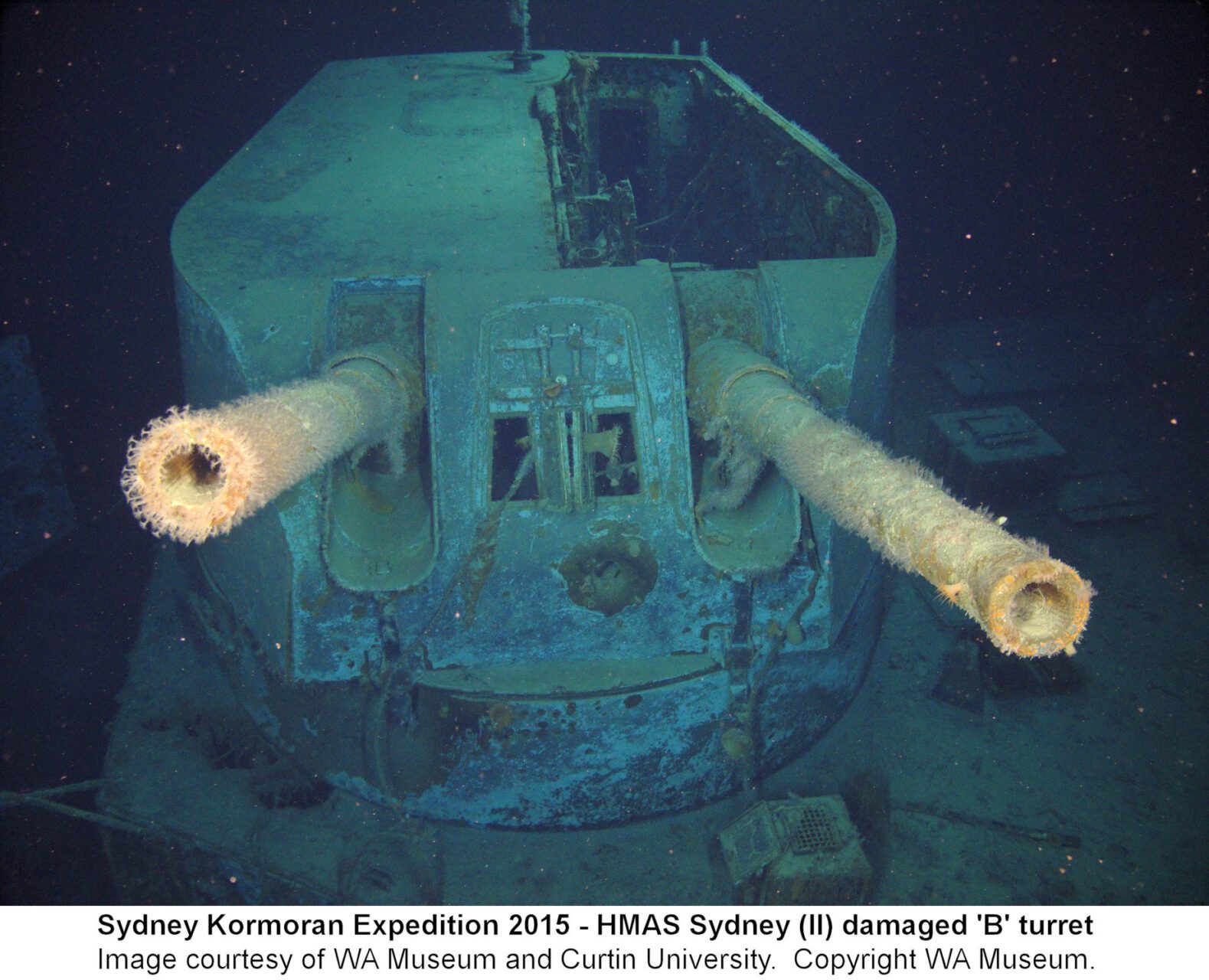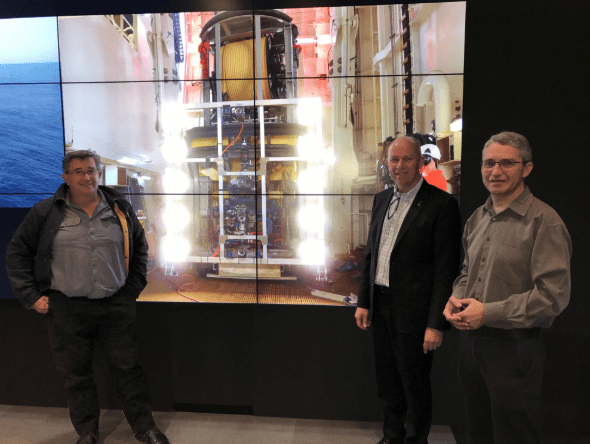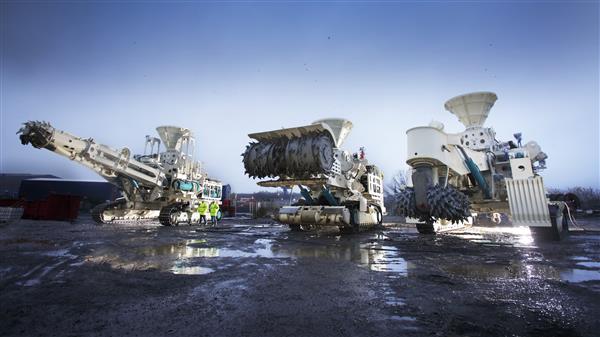Bowtech Burns Bright
During World War
II, the Australian warship HMAS Sydney (II) encountered the German raider HSK
Kormoran and after a short but fierce battle, both ships sank, taking with them
all 645 crew from the Sydney and almost 100 crew from the Kormoran. In 2015,
researchers from Curtin University, Dr Andrew Woods, Dr Andrew Hutchison, and Mr
Joshua Hollick worked with the Western Australia Museum to use two ROVs from
offshore services company DOF Subsea to conduct a detailed 3D imaging survey of
the two wreck sites. The ROVs were fitted
with new-to-market Teledyne Bowtech lights and cameras capable of operating
successfully at 2500m underwater. The team collected half a million photographs
and 300 hours of high definition video footage – in total some 50 terabytes
worth of data.
The equipment used
to survey the site included twenty Bowtech LED-V-Series lights which provided
400,000 lumens of light (equivalent of 500 home light globes) into what is
normally a totally dark abyss. A Bowtech Surveyor 3DHD camera and Surveyor (2D)
HD camera captured the haunting scene of the two wrecks. The ROVs were also
fitted with fourteen digital still cameras enabling multiple images of the
shipwrecks to be captured with fewer passes of the ROVs. Dr Woods said that, to
his knowledge, this was the most complex lighting and camera system ever
launched for a deep-water photographic expedition, “The Bowtech lights and
cameras served us very well,” said Dr Woods, “The unique lighting and camera system
that we developed enabled us to capture more images with fewer operating hours
of the ROVs.” Importantly, real-time interface of digital still images captured
subsea to the surface was enabled so that the expedition could be sure that the
data captured was of high quality and suitable for the project needs.
BlueZone Group
contributed to the project through rapid design and manufacture of cable
assemblies required to support the ROV light/camera array. The BlueZone polyurethane moulding cable assembly capability was used to provide the
high-quality cable assemblies for deployment to 2500m depths.
In latest work at the
Curtin HIVE, the images are being used to create point cloud data and build
extremely accurate 3D models of the shipwrecks. This data is overlayed with the
original images to create life like and very high resolution 3D virtual reality
environments.
The use of digital
still image technology to survey the site has some important features compared
with other technologies that could be used for this task such as laser scanning
or video recording. If laser point cloud data is compromised by equipment or
environment issues there is no ‘fall-back’ for comparison as the source data is
corrupted. With digital still images, the original image is always available as
source data to check when there are issues with point cloud data. Video
recording of the shipwrecks could be used but the result is low-resolution – even
for HD video when compared with digital stills. Additionally, the time-based
nature of video recording means that the same path must always be followed
through the image of interest. In comparison, the 3D model degenerated from digital
stills can be viewed in any way and in any order needed so that the image
itself provides a complete spatial index of all the data.
 |
 |
|
BlueZone Group GM Perth,
Mark Musarra with CTO Darren Burrowes and Dr Andrew Woods at
the Curtin HIVE
facility with an image of the ROV equipped with the custom light/camera array.
|



